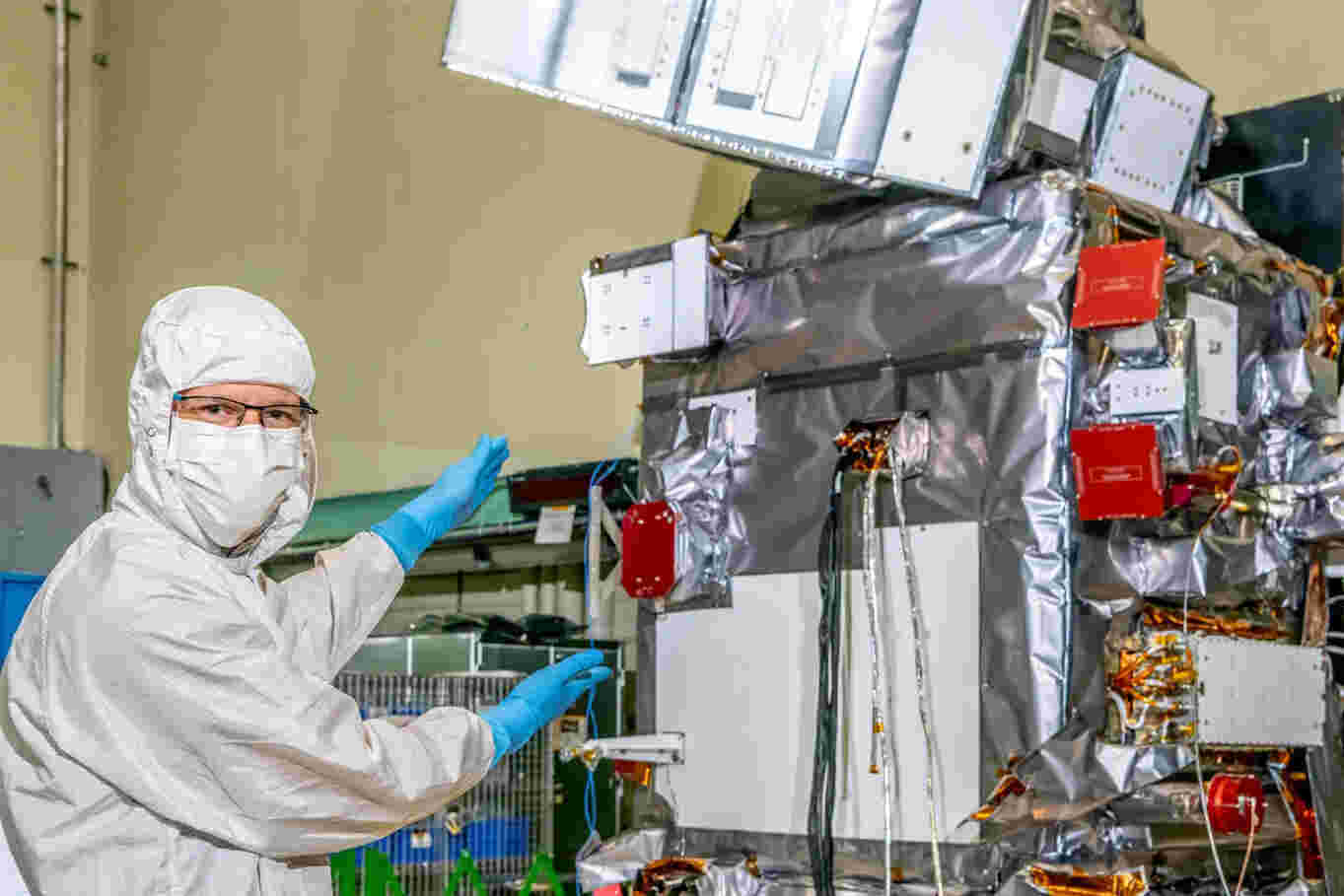NASA set to launch new satellite that helps unravel mysteries about clouds, aerosols

NASA will launch a new satellite named PACE, which aims to unravel mysteries surrounding clouds and aerosols. Scientists hope to gain a deeper understanding of cloud formation and the impact of tiny particles known as aerosols by studying the behavior of light and optics in the atmosphere. The PACE mission will observe airborne particles, including sea salt, smoke, pollutants, and dust to provide important insights into their interactions with light. This data will help answer crucial questions about how aerosols affect cloud formation and distinguish between ice clouds and liquid clouds, which is essential for better understanding changes in climate and air quality.
The PACE mission will use two advanced polarimeters named HARP2 and SPEXone to study aerosols and clouds. Once launched, the mission will observe the Earth and collect data on the chemical composition, movement, and interaction of these atmospheric components. These cutting-edge instruments capture light properties that are both visible and invisible to the human eye, such as color and polarization, respectively. Polarization is not something we can perceive with our eyes, but it can be seen through sensors like those on PACE. If we could see polarization, rainbows would be everywhere in our view of the world, according to Kirk Knobelspiesse, who leads the polarimetry efforts at NASA's Goddard Space Flight Center in Greenbelt, Maryland.
Light from the Sun travels in all directions like a wave, which is known as unpolarized light. However, when it encounters an object such as a cloud or aerosol particle, the movement of light can become more concentrated in one direction, creating polarized light. This unique behavior of light can provide valuable information for scientists studying aerosols and water droplets in the atmosphere. By using polarimeters, researchers can measure the angle at which the light is polarized and gather data on the size, makeup, abundance, and other characteristics of particles present in the air.
The polarimeters, HARP2, and SPEXone complement each other in measuring different aspects of Earth's atmosphere. PACE will provide high-quality data from multiple vantage points, scanning Earth every two days to gather information on aerosols and clouds. Measuring aerosol properties is essential to understand their impact on climate. They reflect and absorb light, affecting how much energy reaches Earth's surface and influencing cloud formation. PACE data will provide valuable insights into these relationships and improve air quality for humans, according to Professor Loría-Salazar from the University of Oklahoma's School of Meteorology, who is an early adopter of PACE data integration into practical science applications.
Scientists can not only identify aerosols but also decipher their impact on air quality using PACE. The polarimeters on board PACE will also contribute to our understanding of Earth's climate. By incorporating atmospheric data from PACE into supercomputer models, scientists can replace current estimations used to fill data gaps with more accurate measurements. Kirk Knobelspiesse hopes that this data will reduce uncertainty in models and lead to better predictions for how our climate will evolve in the coming decades and centuries.

 How to resolve AdBlock issue?
How to resolve AdBlock issue?